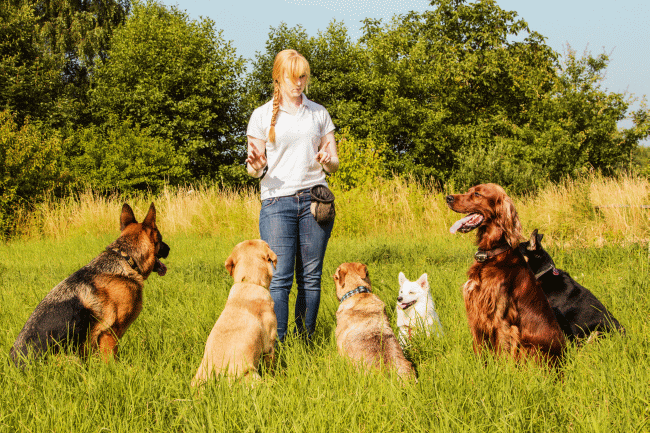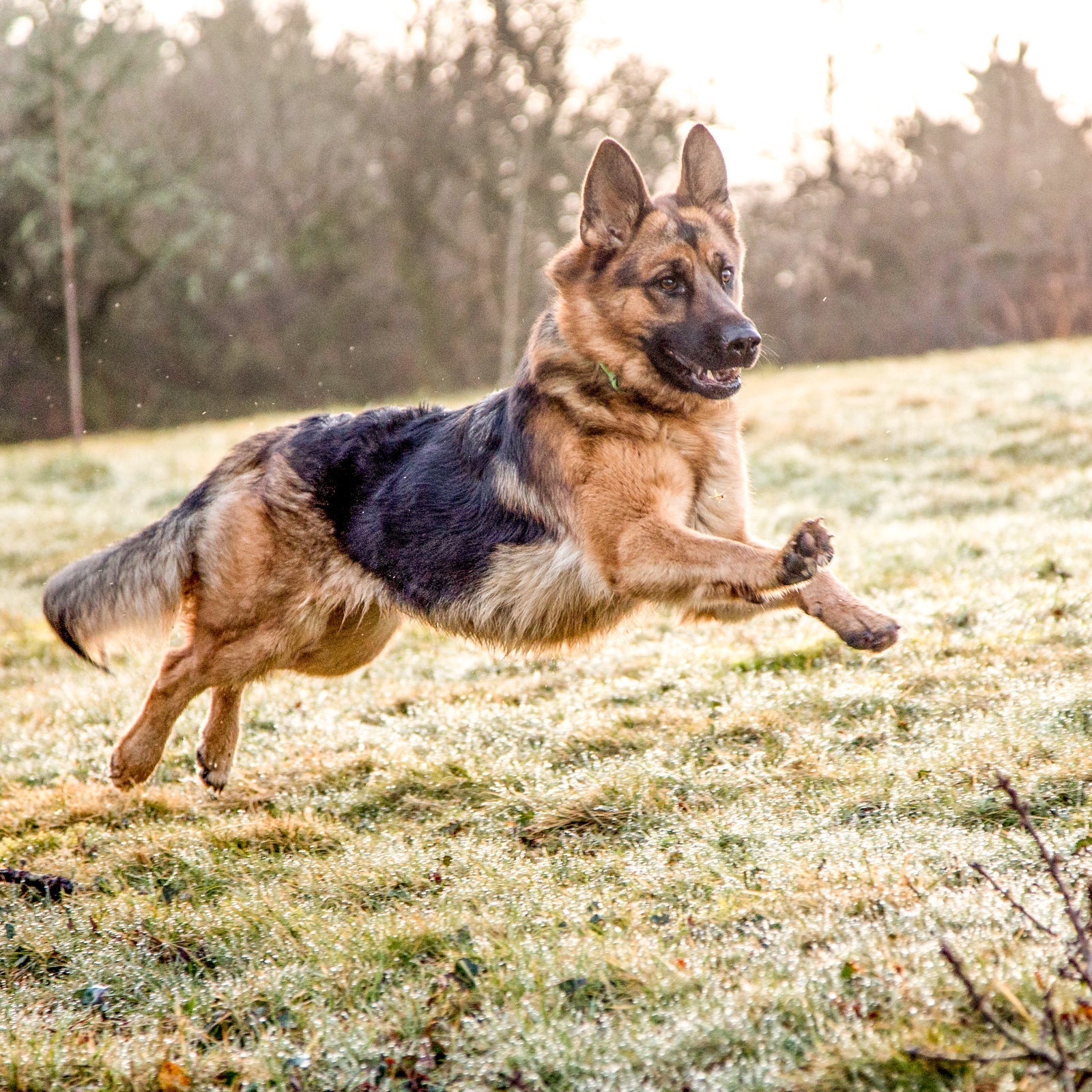Master Vital Commands: Effective Pet Educating Made Easy
Efficient dog training is a fundamental element of responsible pet dog ownership, and grasping vital commands serves as the structure for a harmonious partnership between trainer and canine. Recognizing the subtleties of canine behavior and the training procedure is key; nonetheless, the trip to a trained canine commonly presents unanticipated hurdles that require attention.
Recognizing Your Dog's Behavior
To realize the nuances of reliable pet training, it is crucial to damage down and evaluate your pet's behavior. Dog training. Comprehending the motivations behind your pet dog's actions is vital; actions can come from instinct, fear, enjoyment, or a wish for attention. By observing your dog in various circumstances, you can identify patterns that may show underlying feelings or demands
As an example, a canine that barks excessively might be revealing boredom, anxiety, or a requirement for social interaction. Alternatively, a pet dog that shows harmful actions could be seeking stimulation or remedy for stress and anxiety. Acknowledging these triggers enables you to customize your training strategy effectively.
In addition, it is essential to consider the pet dog's breed characteristics, as they can affect behavior significantly. Some breeds are inclined to certain qualities, such as herding or guarding impulses, which can affect their responses to specific stimuli.
Finally, uniformity in your reactions to your pet's actions cultivates a far better understanding between you and your animal. This common comprehension is fundamental for constructing count on and assisting in a reliable training process that nurtures both behavior correction and positive reinforcement.
Essential Commands to Educate
Instructing vital commands is a fundamental facet of reliable canine training, giving the structure for a well-behaved and receptive family pet. These commands not just improve communication between the owner and the canine but likewise make sure safety in various atmospheres.
The most vital commands consist of "Sit," which motivates your pet to stay fixed and calm; "Stay," which strengthens the concept of staying in one location till released; and "Come," which is vital for remembering your pet dog from possibly unsafe situations. "Down" teaches canines to rest, promoting leisure and control, while "Leave it" helps stop canines from grabbing dangerous or undesirable items.
" Heel" is one more essential command that encourages your pet to stroll carefully beside you, enhancing chain good manners. Finally, "No" works as an essential boundary-setting command, helping to correct unwanted pop over here behaviors.
Training Techniques for Success
Efficient canine training depends heavily on employing a selection of techniques that satisfy both the canine's understanding style and the proprietor's training goals. One crucial technique declares support, which entails fulfilling preferred behaviors with treats, appreciation, or play. This method urges the dog to duplicate those actions, promoting a strong bond in between owner and animal.

An additional reliable strategy is clicker training, where an unique audio, made by a clicker, notes the precise minute a pet does a preferred activity. This exact timing try here assists canines associate the behavior with the incentive, boosting their understanding.
Consistency is crucial in all training approaches. Establishing clear commands and preserving the very same signs assists the pet understanding expectations more quickly. Furthermore, short, appealing training sessions stop boredom and increase retention.
Incorporating socialization chances is also crucial. Subjecting canines to numerous environments, individuals, and various other animals helps them develop self-confidence and versatility.
Last but not least, perseverance plays a significant duty in effective training - Dog training. Each dog finds out at their own pace, and recognizing this can cause a much more satisfying training experience for both the proprietor and the pet. Executing these techniques will set the foundation for effective pet training
Common Difficulties and Solutions
Despite the most effective training strategies, pet owners usually run into common obstacles that can hinder progression. One common problem is variance in commands and hints. When family participants make use of different commands for the exact same behavior, it perplexes the pet dog, causing irregular reactions. The remedy hinges on establishing a unified strategy among all member of the family, ensuring that everyone utilizes the same terms and signals.

Additionally, some pets might display stubbornness or absence inspiration. This can typically be resolved by including favorable reinforcement methods, such as deals with or praise, to urge desired actions. Customizing rewards to what your pet dog finds most encouraging can significantly improve their interaction.
Last but not least, concern or stress and anxiety can impede progress in training. Acknowledging indications of tension and adjusting the training speed as necessary is vital. Utilizing steady exposure to been afraid stimulations can aid develop confidence over time, assisting in an extra efficient training experience.
Maintaining Uniformity and Persistence
Uniformity and perseverance are paramount in canine training, as they create the structure for achieving lasting behavior adjustments. Pet dogs flourish on routine and clear assumptions; hence, maintaining a consistent approach in commands, rewards, and modifications is essential.
Canines, much like people, have varying discovering speeds and might not grasp commands right away. Positive reinforcement plays an important duty right here, satisfying preferred habits and helping to foster a relying on connection between the pet dog and fitness instructor.
Verdict
Mastering important commands is essential to reliable canine training, promoting improved interaction and reinforcing positive actions. The application of favorable support methods, coupled with consistency and perseverance, substantially improves the training experience for both the pet and trainer. Dealing with typical obstacles with practical remedies further sustains the training procedure. Ultimately, a well-trained dog not just displays great actions however also creates confidence, adding to an unified relationship between the pet dog and its proprietor.